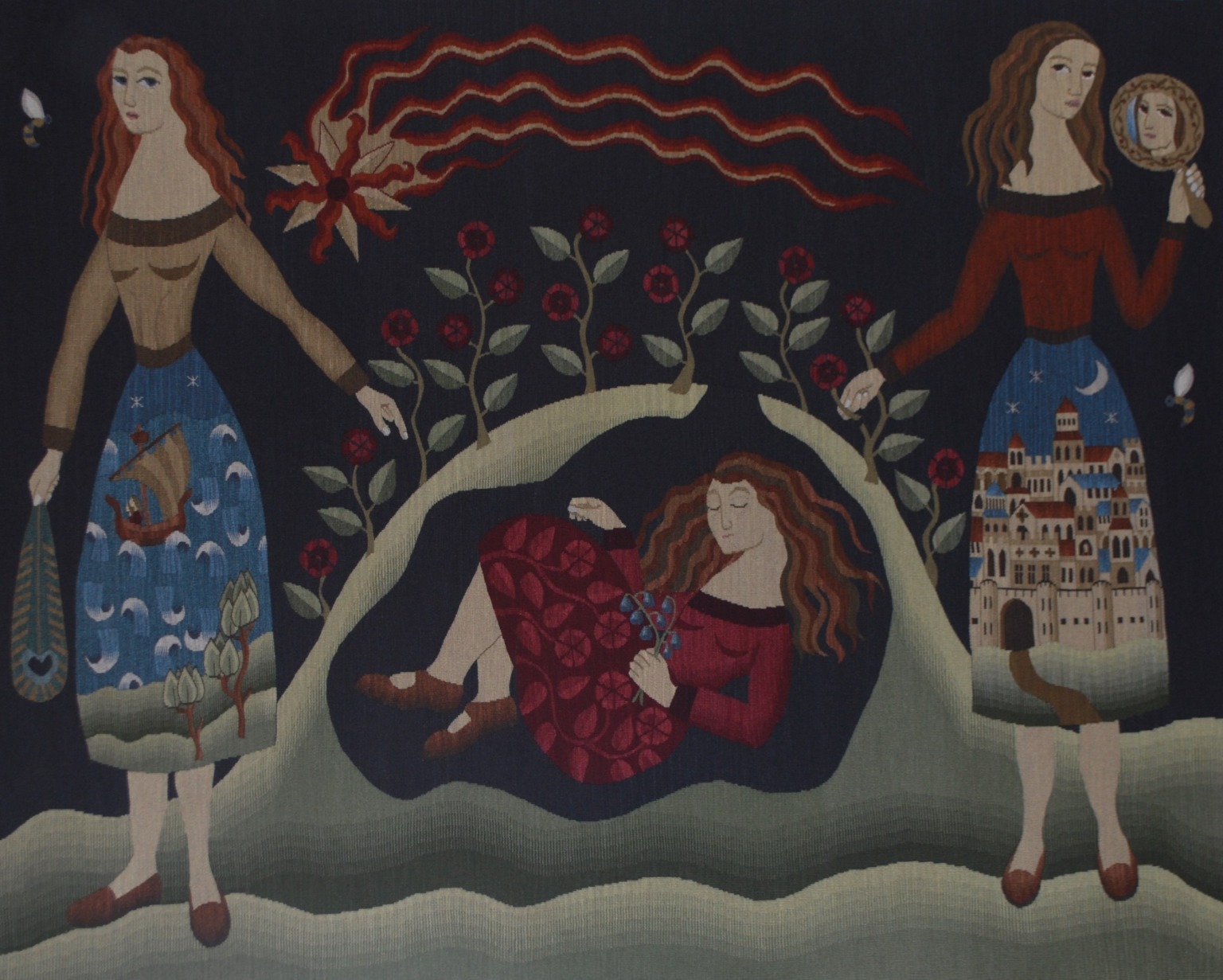With the Royal Academy of Art Summer Exhibition 2021 now open in London, we look at the work of another 8 a-n members selected for inclusion in the show by exhibition coordinator Yinka Shonibare RA and this year’s panel of artists.
Elizabeth Nast’s PINTS ARE BACK (top image) celebrates getting back to a more normal way of life, post-lockdown. The painting shows a drinker outside a pub in Bethnal Green Road, London, which marked its reopening with this bold statement.
Nast comments: “I love painting the ordinary in life, whether it is people shopping or a pile of rubbish. The urban environment inspires me, I am fascinated by people and what they are thinking, how they are they feeling. By painting portraits of people going about their business, I celebrate that snapshot of time, making the viewer stop to think about how the small things in life can be interesting.”

Bethe Bronson is a mixed media artist working with processes and concepts relevant to photography such as presence, absence, and the passage of time. Speaking about her work included in the RA Summer Exhibition, Duration Series: Day In, Day Out, she says:
“Throughout the duration of the first lockdown I placed a handmade pinhole camera outside my window. Every evening after sundown I took out that day’s picture and replaced it with a fresh piece of photographic paper. My aim was to capture what the eye alone cannot perceive, the movement of time. Through a series of 100, 24-hour exposures these images reveal the trail of the sun. The resulting images enable us to witness the passage of days, weeks, months, as the sun makes its way across the sky as it has always done, as if nothing has changed.”

Becky Nuttall’s work The Anchorhold 1971 is an acrylic painting with collage on a canvas board. She explains: “The work references 1971 and the restrictions on women in that year. The women sit in a theatre’s ‘anchorholds’ bound to a man and the central figures refer to an incident in a nightclub in 1971 when I was 15 and I was assaulted on the dancefloor.”
 Chrissie Freeth, Memento Mori, 2021, handwoven tapestry, 1.6x2m
Chrissie Freeth, Memento Mori, 2021, handwoven tapestry, 1.6x2m
Weaver Chrissie Freeth exhibits Memento Mori, a large hand-woven tapestry created on a traditional upright wooden loom using hand-dyed wool, metallic embroidery thread and cotton warp. The making of memento mori (a Latin phrase meaning ‘remember you must die’) images and objects was popular during times of plague and catastrophe, and Freeth wove her contemporary version during the Covid-19 pandemic. The work draws on traditional symbolism as well as a personal narrative that references the artist’s own bereavements.
Freeth explains: “Rebirth is an important theme for me, and here the earth is pregnant with the possibility to grow from those we have loved and lost, but in the main figures it also shows those left behind can be driven apart and on to different paths.”

Sherrie Leigh-Jones’ Summer Exhibition selected work Moon Over The Plain was inspired by a trip to Iceland and the Japanese woodblock printmaking art movement known as Shin-hanga. The print’s colours were drawn from the Icelandic winter landscape, as Leigh-Jones describes: “from the blue-grey hues of the sky and ice and the expanses of snow glistening under the moon and sunlight”.
The artist used the colours wedgewood blue, buff titanium and graphite powder to “evoke the serene mood of the morning moon as the light changed to sunrise”, with the graphite powder echoing Iceland’s distinctive volcanic black sand.

Theadora Ballantyne-Way describes her work as offering up “an idiosyncratic English take on the great traditions of surrealist art”. In her prints, everyday objects such as a lemon squeezer or bottle opener appear as part of the suburban landscapes or skyline, transformed into flying saucers and pylons. Ballantyne-Way explains: “In much of my work, mundane utensils become monumental industrial components, a transformation that elevates them into objects of aesthetic consideration and bizarre emblems of middle-class terror. The enlargement of these objects are not a critique of consumer habits, but a celebration of the surreal – a playful conceit on the rich history of the English pastoral”.

Ritva Georgiades creates mixed media works using paint, ink, pastel, hand stitching and collage, alongside monoprints, such as her Summer Exhibition selected print Spotty Dog, which also combine various media. She describes making art as “a safe haven where I can find inner peace and calm.
“It is a part of me that gives meaning to my life, and is a journey where I yearn and search, one where I can use my inner thoughts to create images either in abstraction or in more realistic form depending on my mood”.

Finally, a-n member Theresa Pateman shows her etching Underwater Selkies. Part of a series of prints depicting swimmers and figures on beaches, here the swimmers are reminiscent of the selkies of Celtic and Norse folktales – mythical creatures of the sea that are able to transform into people on land. Pateman explains that “the image also indicates humans’ natural affinity with water, as we are thought to have evolved from the sea.”
The Royal Academy of Art Summer Exhibition 2021 continues at Burlington House, London until 2 January 2022. View the full catalogue of works online at www.royalacademy.org.uk/exhibition/summer-exhibition-2021
Read Part 1 of our ‘RA Summer Exhibition: a-n members in view’ here www.a-n.co.uk/news/ra-summer-exhibition-a-n-members-in-view-part-1/
Top image: Elizabeth Nast, PINTS ARE BACK, acrylic on panel, 21x3x16cm.

